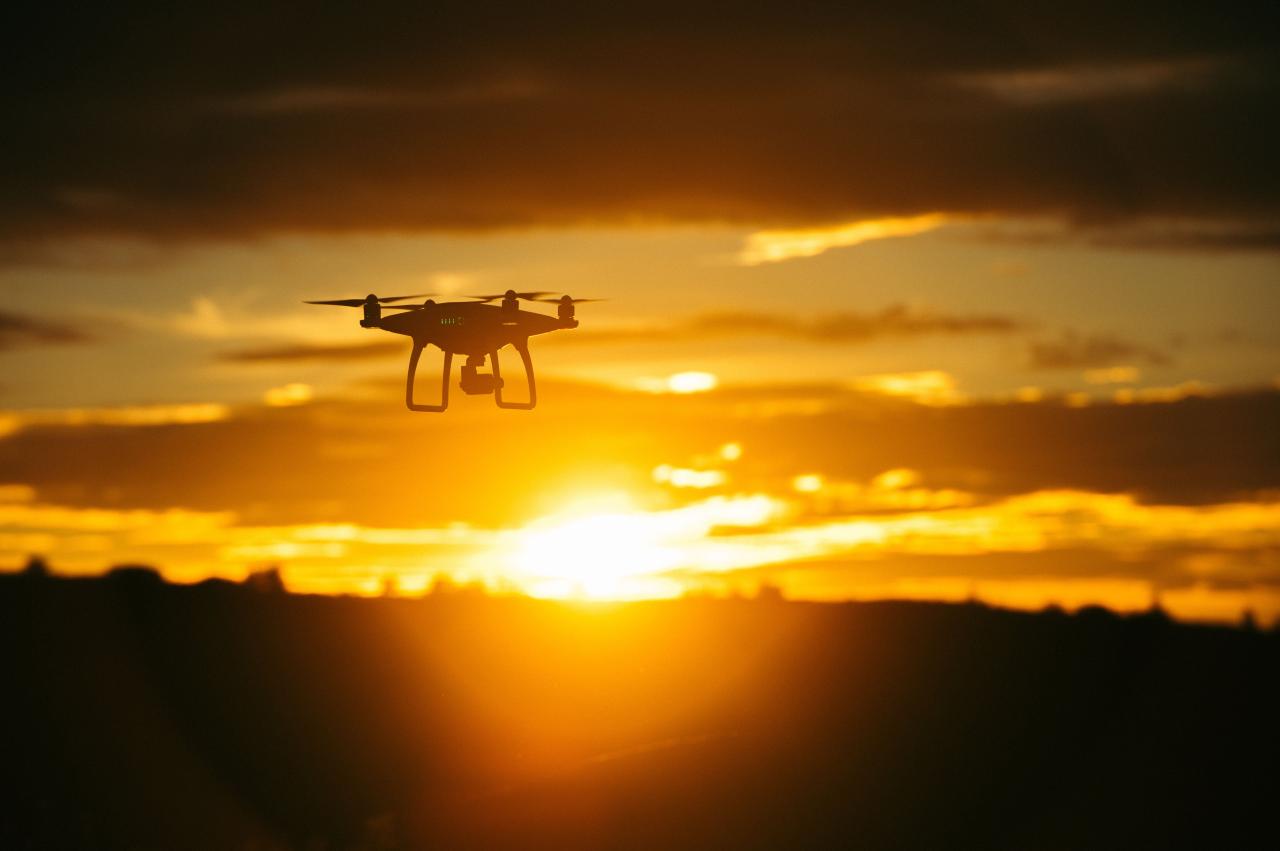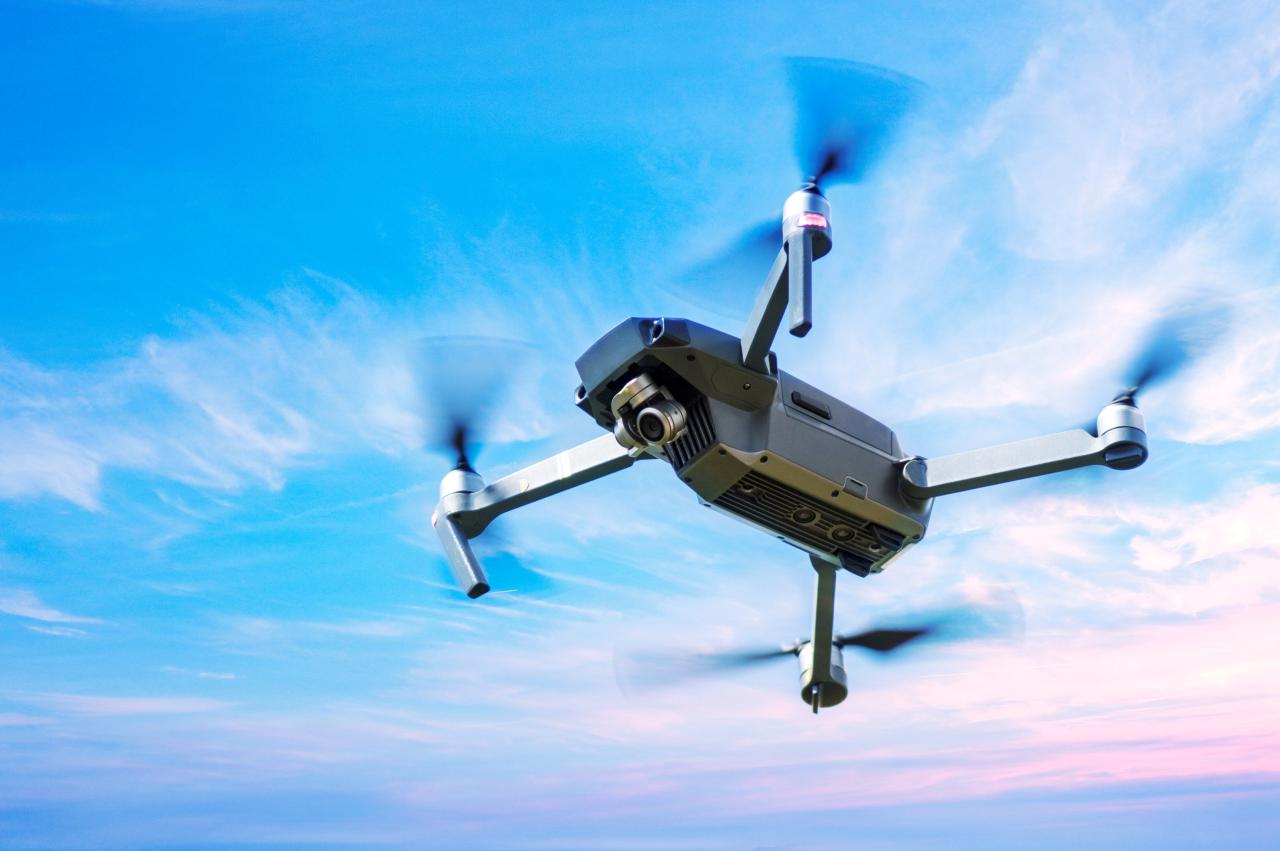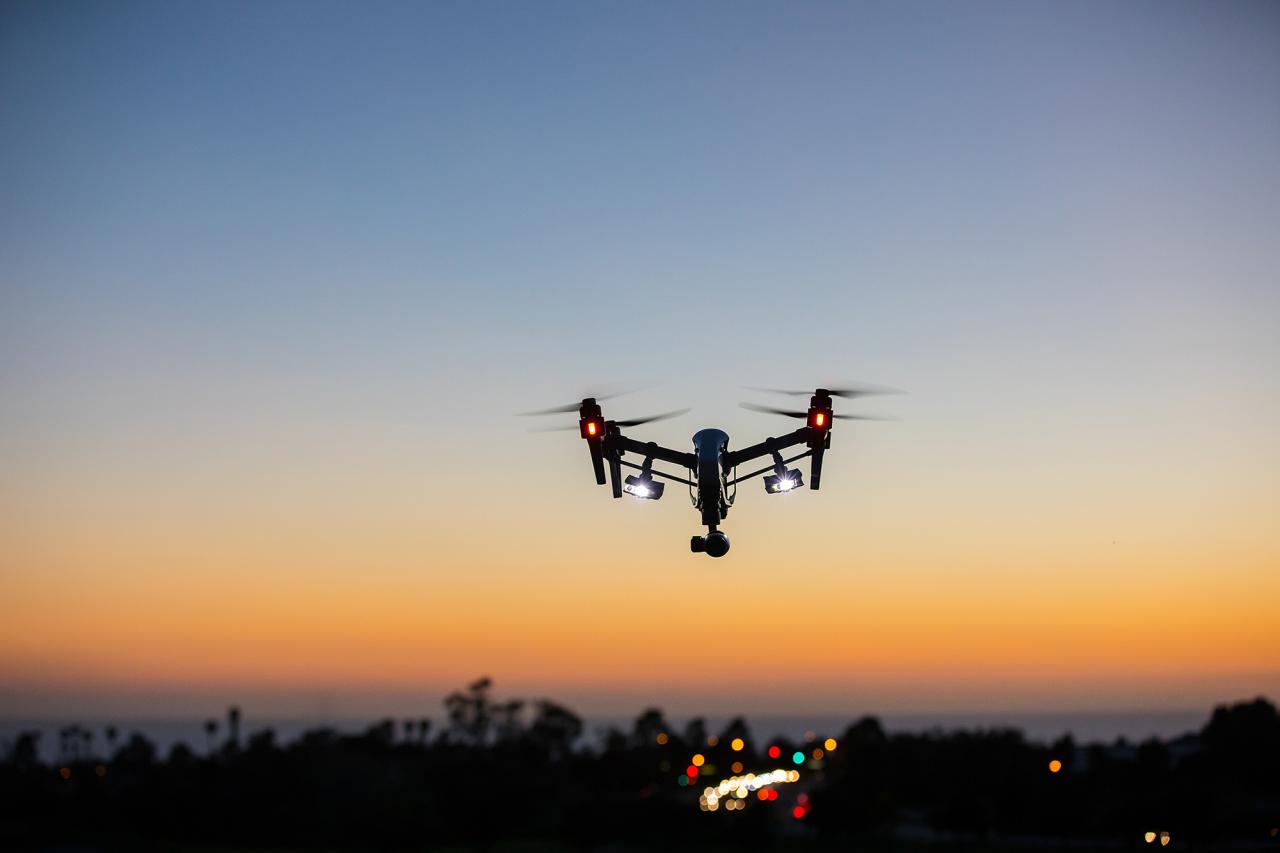Sky elements drones are revolutionizing atmospheric data collection. These unmanned aerial vehicles (UAVs) equipped with sophisticated sensors, offer unprecedented opportunities to monitor various atmospheric parameters, including temperature, pressure, humidity, wind speed, and pollutants. This technology allows for detailed, real-time data acquisition across vast areas, providing valuable insights for weather forecasting, environmental monitoring, and atmospheric research. The combination of advanced drone technology and precise sensor capabilities unlocks a new era of atmospheric understanding.
This exploration delves into the technological aspects of sky elements drones, examining different drone types, sensor technologies, data acquisition methods, and data processing techniques. We will explore the diverse applications of these drones, highlighting their benefits and limitations compared to traditional methods. Case studies and illustrative examples will demonstrate the practical implications and potential impact of sky elements drones on various fields.
Sky Elements Drones: Revolutionizing Atmospheric Data Collection

The integration of drone technology with atmospheric data acquisition is rapidly transforming our understanding of sky elements. This technology offers unprecedented opportunities for detailed, localized monitoring of various atmospheric parameters, providing valuable insights for weather forecasting, environmental monitoring, and scientific research. This article explores the key aspects of sky element drones, encompassing their components, operational considerations, data processing methods, and diverse applications.
Sky Elements: Defining the Scope, Sky elements drones

Sky elements, in the context of drone technology, refer to the various atmospheric components and conditions that drones are capable of measuring. This includes factors such as temperature, pressure, humidity, wind speed and direction, precipitation, and atmospheric pollutants. These elements are interdependent, and understanding their interactions is crucial for accurate weather forecasting and environmental management. Accurate data collection is significantly impacted by weather conditions.
High wind speeds can limit flight stability and data accuracy, while heavy precipitation can damage sensors and restrict visibility. Temperature extremes can affect sensor performance and battery life.
Drone Technology for Sky Element Monitoring

Various drone types are suitable for atmospheric data collection, each with its own strengths and weaknesses. Fixed-wing drones offer longer flight times and greater range, making them ideal for large-scale surveys. Multirotor drones, on the other hand, provide superior maneuverability and hovering capabilities, essential for precise data collection in specific locations. The choice depends on the specific application and the required level of detail.
Effective sky element monitoring demands drones with sufficient payload capacity to carry the necessary sensors, adequate flight time for comprehensive data acquisition, and a range covering the desired monitoring area.
The increasing sophistication of sky elements drones, particularly in their navigation and payload capabilities, raises concerns about potential misuse. Recent events, such as the reported kazan drone attack , highlight the need for robust counter-drone technologies and stricter regulations. Further research into advanced drone detection and mitigation systems is crucial to ensure the safe and responsible use of sky elements drones in the future.
| Feature | Specification | Rationale | Impact on Data Collection |
|---|---|---|---|
| Drone Type | Hybrid VTOL (Vertical Take-Off and Landing) | Combines the advantages of both fixed-wing and multirotor designs. | Allows for efficient large-area coverage with precise data collection at specific points. |
| Payload Capacity | 5 kg | Sufficient to carry multiple sensors and data processing units. | Enables comprehensive data acquisition across various sky elements. |
| Flight Time | 60 minutes | Allows for extended monitoring periods. | Increases the volume and temporal resolution of collected data. |
| Range | 20 km | Covers a substantial area for comprehensive data collection. | Facilitates large-scale monitoring efforts. |
| Sensors | Temperature, pressure, humidity, wind speed/direction, particulate matter (PM2.5, PM10), gas sensors (NOx, SO2, CO) | Comprehensive suite for atmospheric characterization. | Provides a holistic understanding of air quality and meteorological conditions. |
Data Acquisition and Processing Methods
Data acquisition involves real-time data transmission from the drone to a ground station via various communication protocols (e.g., 4G LTE, Wi-Fi). Post-processing algorithms are then applied to the raw data to calibrate, filter, and analyze it. This involves correcting for sensor errors, removing noise, and integrating data from multiple sources.
- Heatmaps to visualize spatial variations in temperature, humidity, or pollutant concentrations.
- 3D models to represent the distribution of pollutants or weather patterns over a geographical area.
- Time-series plots to track changes in atmospheric parameters over time.
A step-by-step procedure for processing raw drone data typically includes: data validation, sensor calibration, spatial and temporal alignment, data fusion (combining data from multiple sensors), outlier detection and removal, and data visualization.
Applications of Sky Element Drones

Sky element drones find widespread applications in various fields. They are used in weather forecasting to provide high-resolution data on wind speed, temperature, and humidity, improving the accuracy of weather models. Air quality monitoring utilizes drones to measure pollutant concentrations in specific locations, helping to identify pollution sources and assess their impact. Atmospheric research benefits from the ability of drones to collect data at different altitudes and locations, providing insights into atmospheric processes.
| Method | Cost-Effectiveness | Accuracy | Advantages | Disadvantages |
|---|---|---|---|---|
| Drone-based Monitoring | Moderately High (initial investment, lower operational costs) | High (localized, detailed data) | High spatial resolution, flexible deployment, cost-effective for specific applications | Limited range and flight time for some drones, weather-dependent operations |
| Traditional Methods (Weather Stations, Satellites) | Low (high initial costs, ongoing maintenance) | Moderate (larger scale, less detailed data) | Wide coverage area, established infrastructure | Limited spatial resolution, high operational costs, less flexible deployment |
Illustrative Examples of Sky Element Drone Deployments
Consider a scenario where drones are deployed to monitor air quality during a large industrial event. Multiple drones, equipped with gas sensors and particulate matter sensors, are strategically positioned around the event site. Real-time data is transmitted to a central control station, allowing for immediate identification of pollution hotspots. A 3D model would visualize the pollutant dispersion patterns, illustrating the impact of the event on the surrounding environment.
Sky elements drones are increasingly utilized for spectacular aerial displays, pushing the boundaries of what’s possible in drone technology. For a prime example of this innovative technology in action, check out the breathtaking visuals at the florida drone show , showcasing the potential of synchronized drone formations. The advancements seen in such events directly influence the development and capabilities of future sky elements drones.
The collected data would be analyzed to assess compliance with environmental regulations and identify areas requiring mitigation measures. The results could inform decisions regarding emission control strategies, public safety protocols, and the development of future environmental regulations.
The 3D model would depict the concentration of pollutants as a colored plume emanating from the industrial event, with color intensity representing pollution levels. The model would also show wind direction and speed, influencing the dispersion pattern. This visual representation would be easily understandable by both technical experts and the general public.
The integration of drones into atmospheric monitoring signifies a significant advancement in our ability to understand and manage our environment. Sky elements drones offer a cost-effective, efficient, and flexible solution for collecting high-resolution atmospheric data, providing valuable insights for weather forecasting, air quality management, and scientific research. While challenges remain, the potential benefits of this technology are immense, paving the way for improved environmental monitoring and a deeper understanding of our planet’s atmosphere.
The increasing sophistication of sky elements drones, particularly in terms of range and payload capacity, is significantly altering modern warfare. Recent events, such as the reported Ukrainian drone attack on Russia, detailed in this news article ukraine drone attack on russia , highlight the evolving tactical applications of these unmanned aerial vehicles. Further advancements in sky elements drone technology will undoubtedly continue to shape future conflicts and defense strategies.
FAQ Summary
What are the safety regulations for operating sky elements drones?
Regulations vary by location and often involve registration, licensing, and adherence to airspace restrictions. It’s crucial to check with local aviation authorities before operation.
How much does a sky elements drone system typically cost?
Costs vary greatly depending on the drone type, sensor payload, and additional features. Expect a range from several thousand to tens of thousands of dollars.
What is the lifespan of a sky elements drone?
Lifespan depends on usage, maintenance, and environmental factors. With proper care, a drone can last several years.
What are the limitations of using drones for sky element monitoring?
Limitations include battery life, weather constraints (strong winds, rain), regulatory restrictions, and potential data loss due to technical malfunctions.
